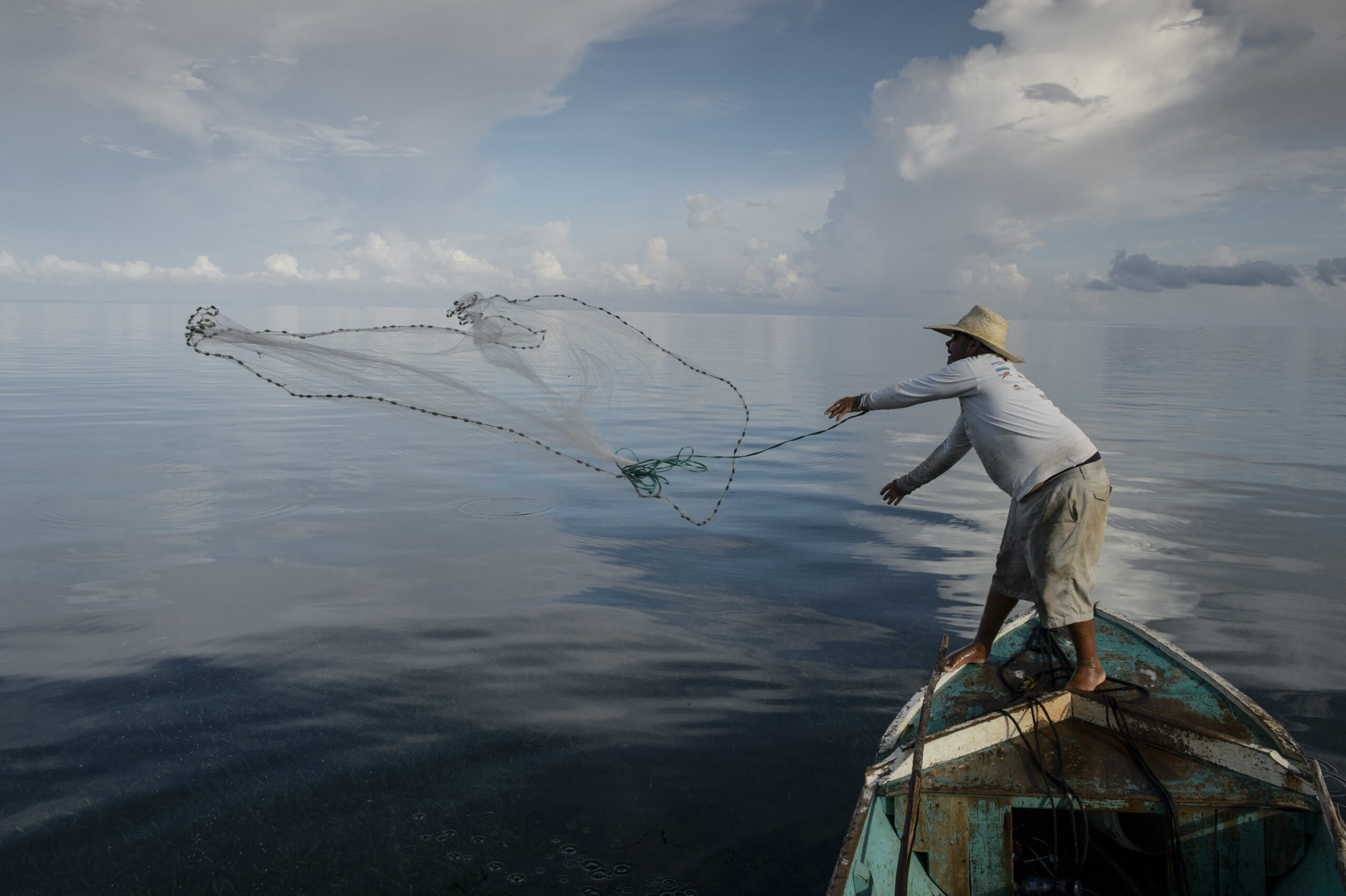by Kristen Goodhue
Animals that can thrive on floating trash. A possible origin story for toxic mercury in our food web. The true power of protected areas, and the secret to a successful forest. This past year had its fair share of jaw-dropping moments for the scientists at the Smithsonian Environmental Research Center (SERC). Here are eight of our favorite discoveries from 2023—from the hopeful and inspiring to the utterly bizarre.
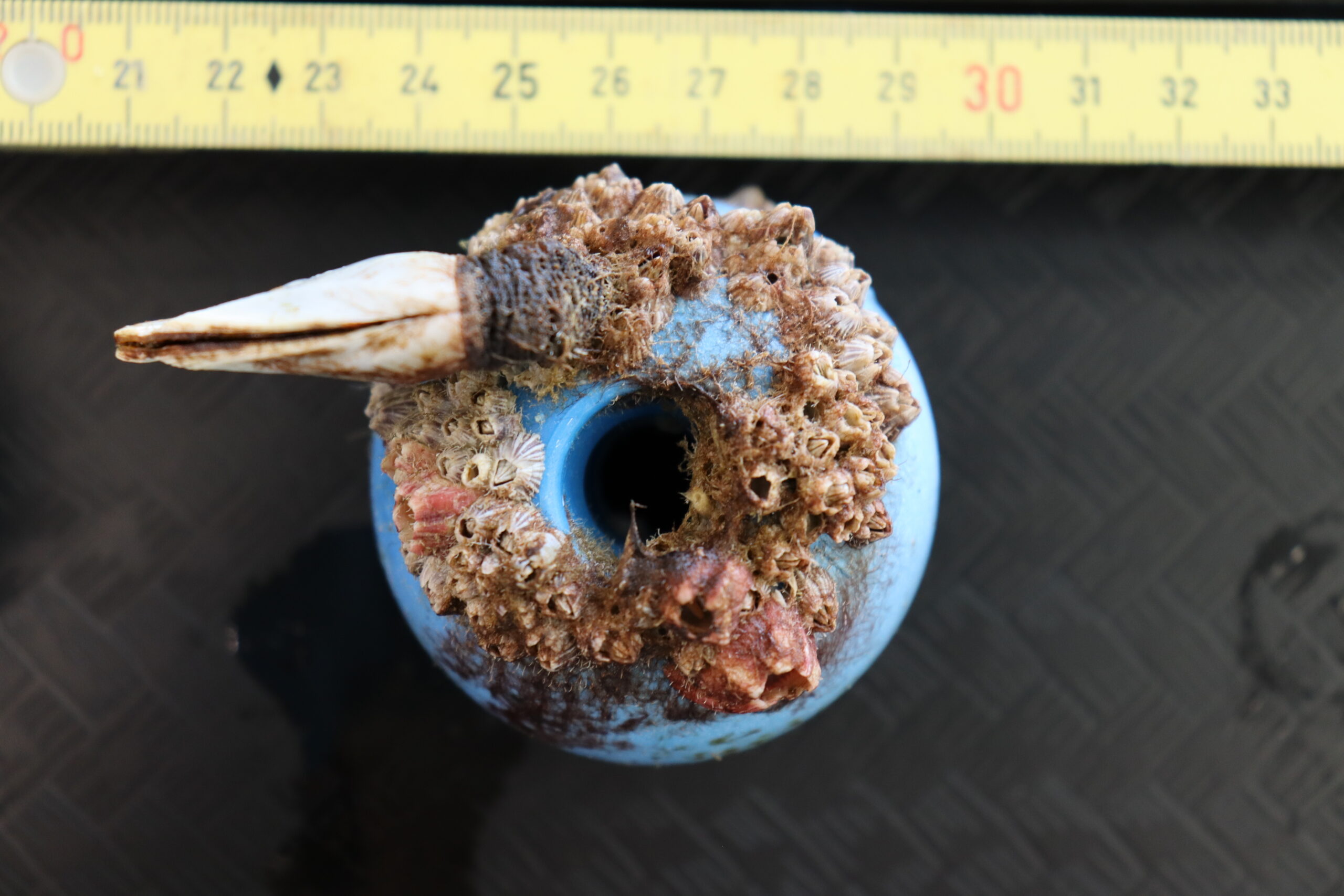
Coastal creatures are flourishing in the Great Pacific Garbage Patch. Floating plastic pollution is creating a new habitat in the open ocean, one where coastal animals can prosper. In a new study, ecologists analyzed 105 pieces of debris from the Great Pacific Garbage Patch. They found hundreds of marine invertebrates, belonging to 37 groups which they once thought could survive only on the coasts. The discovery heralds a new era fighting invasive species, when animals can cross entire oceans on plastic rafts. It’s also a shakeup for once-stable ecosystems on the high seas: The newcomers are grabbing space from ocean-open animals and occasionally even eating them.
Ocean sanctuaries combat poverty on land. Humanity has a vested interest in conserving the ocean. After all, we depend on its bounty for 17% of the world’s animal protein, among a host of other benefits. This year, ecologists discovered marine protected areas—places where fishing is restricted or prohibited—can increase the well-being of people living near them and simultaneously help fish populations. In the Mesoamerican Reef, marine protected areas with the strongest regulations raised relative household incomes of neighboring communities while boosting fish biomass. Children in those communities were also roughly half as likely to suffer stunted growth, a key sign of food insecurity. Understanding how and where these co-benefits occur will be important for developing future protected areas, to ensure they are both effective and equitable.
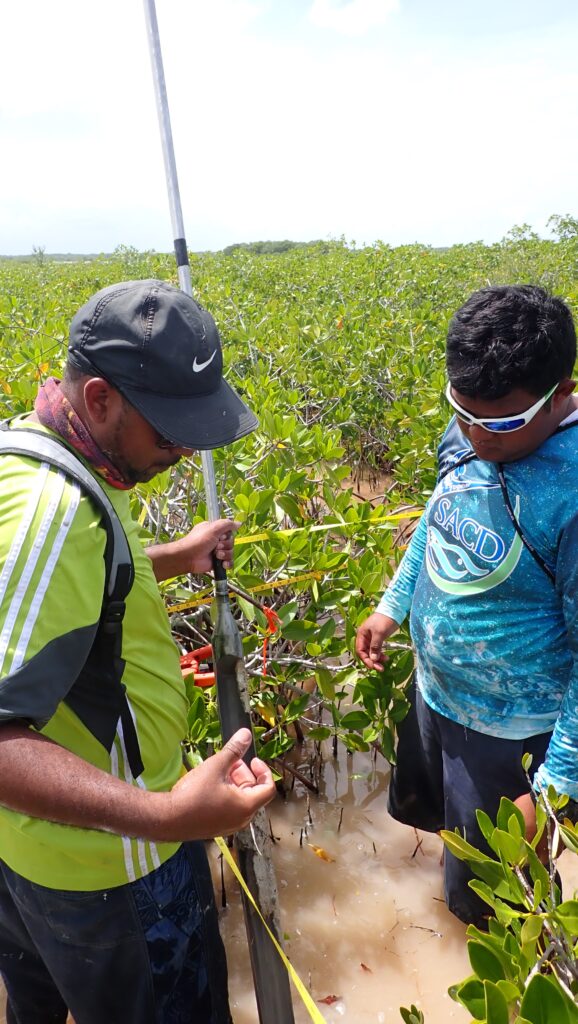
Belize claims its place on the blue carbon stage. In the Central American nation of Belize, conserving mangrove plants is a key part of the country’s climate strategy. Besides protecting the shoreline from hurricanes, mangrove ecosystems store more than four times as much carbon as other tropical forests, making them an important tool in climate change mitigation. For the past two years, SERC ecologists have worked on the ground with Belizean scientists and other partners with the Belize Blue Carbon Project. In spring 2023, they reported Belize’s mangroves can store 25.7 million metric tons of blue carbon—the carbon in aquatic ecosystems like mangroves and other wetlands. That’s roughly equivalent to the annual emissions of nearly 21 million cars. This kind of country-specific data is rare. It’s empowering Belize to become a major player on the international climate stage.
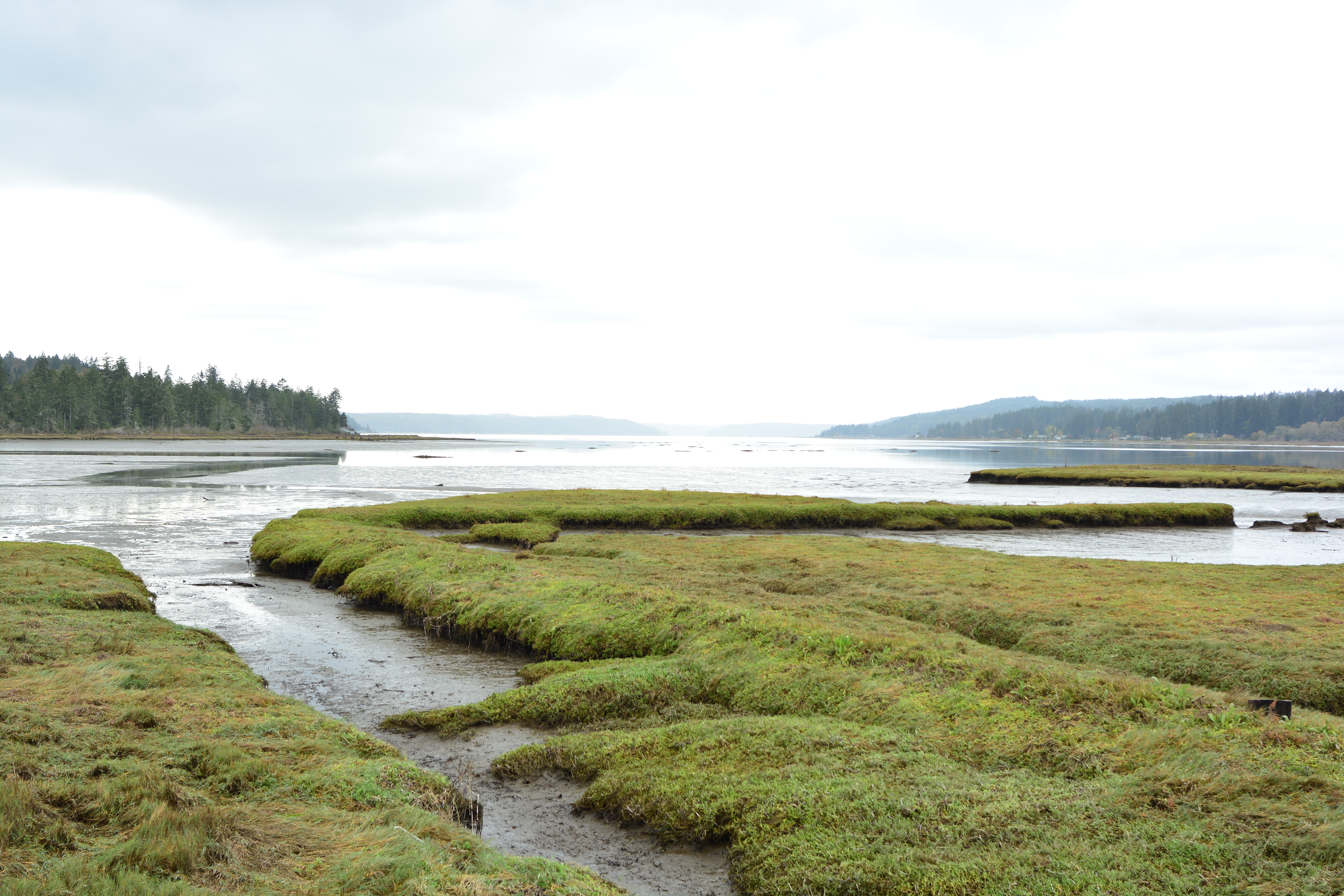
We can fight climate change by reconnecting wetlands to the sea. Like mangroves, wetlands are widely hailed as carbon-storing juggernauts. But some wetland microbes—mainly in wetlands with more freshwater than saltwater—emit methane, a greenhouse gas up to 45 times more powerful than carbon dioxide. And many once-salty wetlands along the coast have been cut off from the sea by dams or other human structures. Last fall, SERC’s coastal carbon scientists created a map of tidal wetlands that have been “artificially freshened” thanks to these impoundments. They showed the U.S. could slash its methane emissions by the equivalent of 1 million metric tons of carbon dioxide, just by restoring normal tidal flow to its disconnected wetlands. The even better news? 18% of those wetlands are already slated for restoration.
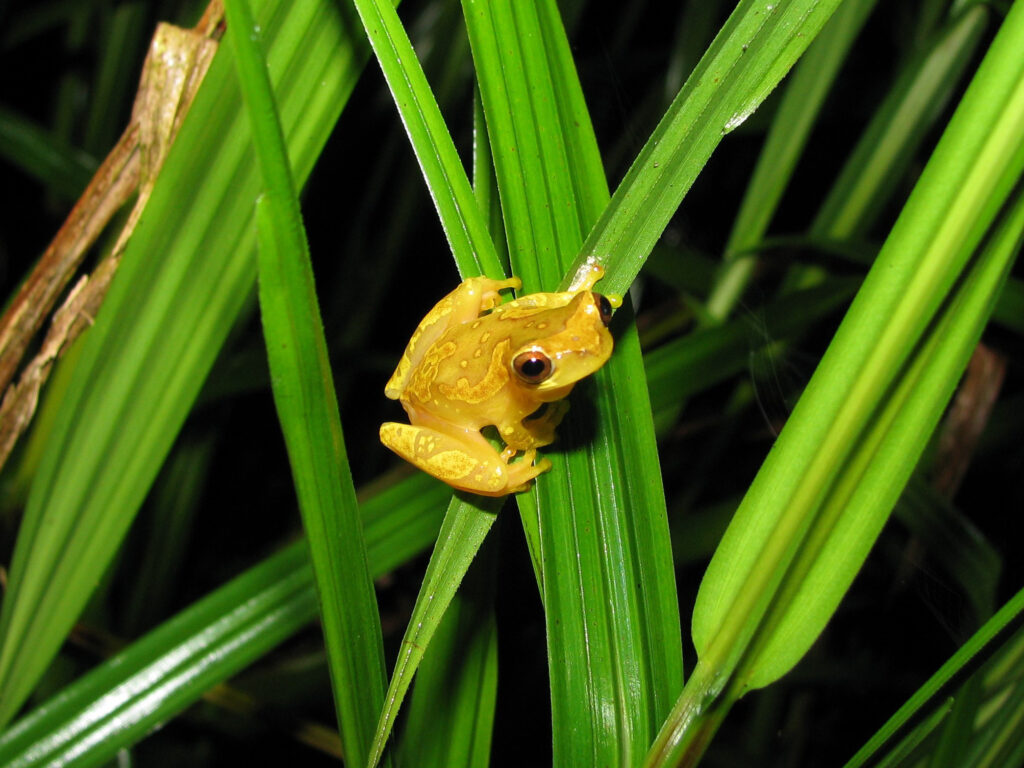
Vertebrate animals are nearly five times safer in protected lands. World governments are racing to fight the biodiversity crisis. Nowhere is this more evident than the historic agreement to protect 30% of Earth’s land and water by 2030. However, there hasn’t been much evidence as to whether protected areas actually slow declines of animals on land—it’s widely just assumed. For a large-scale test, SERC focused on land-dwelling vertebrates: amphibians, birds, reptiles and mammals. Scientists gathered data for over 1,000 species worldwide. On average, vertebrates declined just 0.4% per year inside protected areas—nearly five times more slowly than vertebrates outside protected areas (1.8% per year). For perspective, that means populations outside protected lands could see their numbers cut in half in just 40 years. Meanwhile, it would take 170 years for a population inside a protected land to undergo the same fate—buying us vital time to stop extinctions.
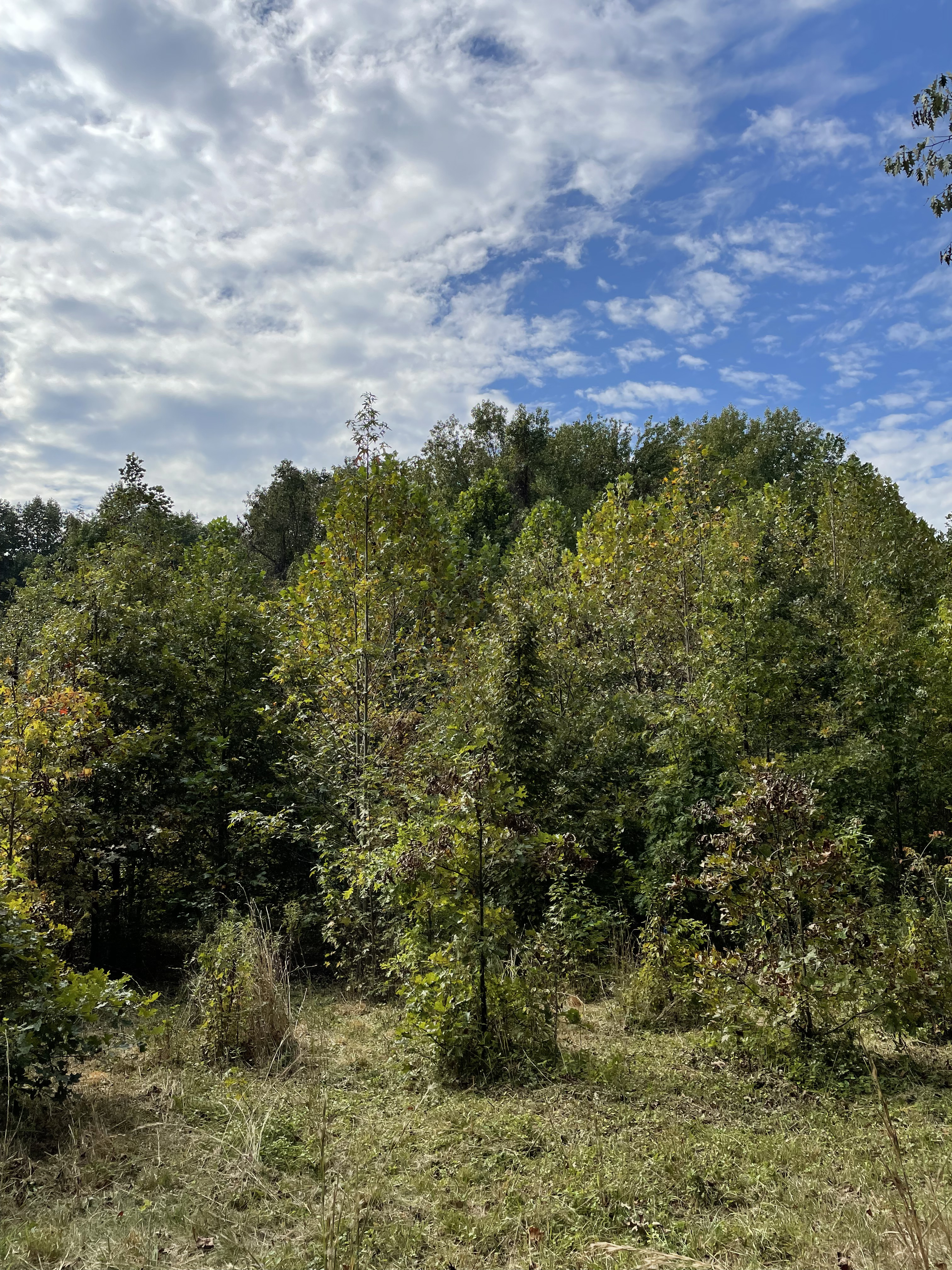
Tree diversity gives forest restorations a better shot at success. When people talk about climate change solutions, planting trees often rises to the top. And yet, nearly all forests planted by humans contain just one species—a risky setup if a pest or disease passes through. SERC’s BiodiversiTREE forest experiment, which turned 10 years old last year, sought to shake up that convention. With nearly 20,000 trees in various 1-, 4- and 12-species combos, scientists could watch forests grow from scratch and see whether diversity matters. Last spring, the first published results came out. Single-species plots were prone to “boom or bust,” with tree survival anywhere from 21% to 99%. Meanwhile, diverse plots were roughly twice as stable on average. Forest restoration follows the same rules as the stock market: Don’t put all your trees in a one-species basket.
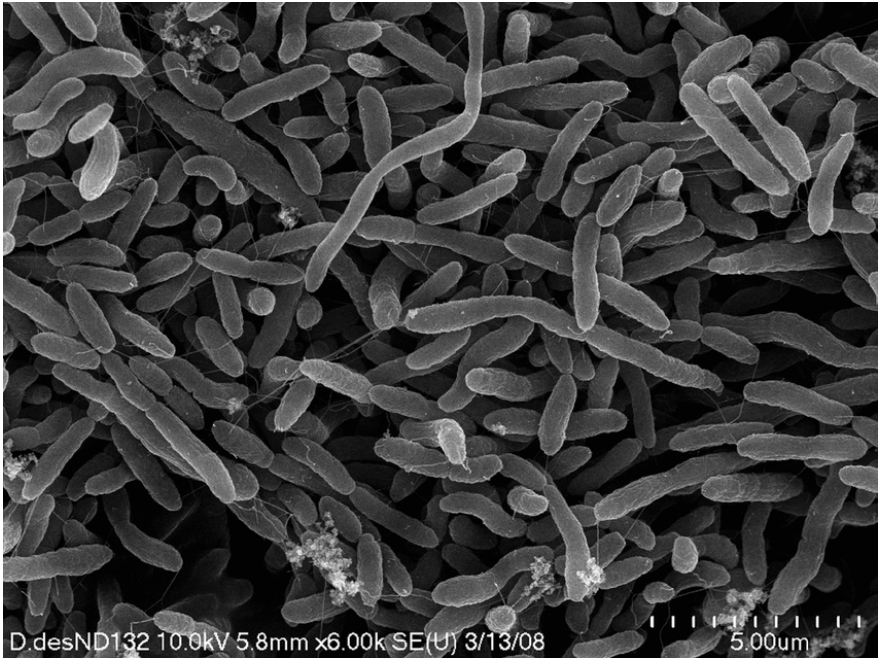
There may be a reason bacteria evolved to make mercury even more toxic. First, a disclaimer: The mercury that’s most famous for contaminating seafood isn’t really mercury. It’s methylmercury, a neurotoxin formed when bacteria take pure mercury (Hg) and combine it with a special carbon molecule called methyl (CH3). But why would bacteria evolve to do this in the first place? Possibly to resist another toxin: arsenic. While examining bacterial genes responsible for making methylmercury, SERC’s microbial ecologists found those genes are right next to genes for arsenic resistance. True to form, when they raised arsenic levels in lab, bacteria began churning out more methylmercury. This discovery suggests by searching for arsenic pollution, we could pinpoint more methylmercury hot spots in nature. And cleaning up those sites could be a double win: getting rid of a deadly carcinogen and keeping more methylmercury out of our food.
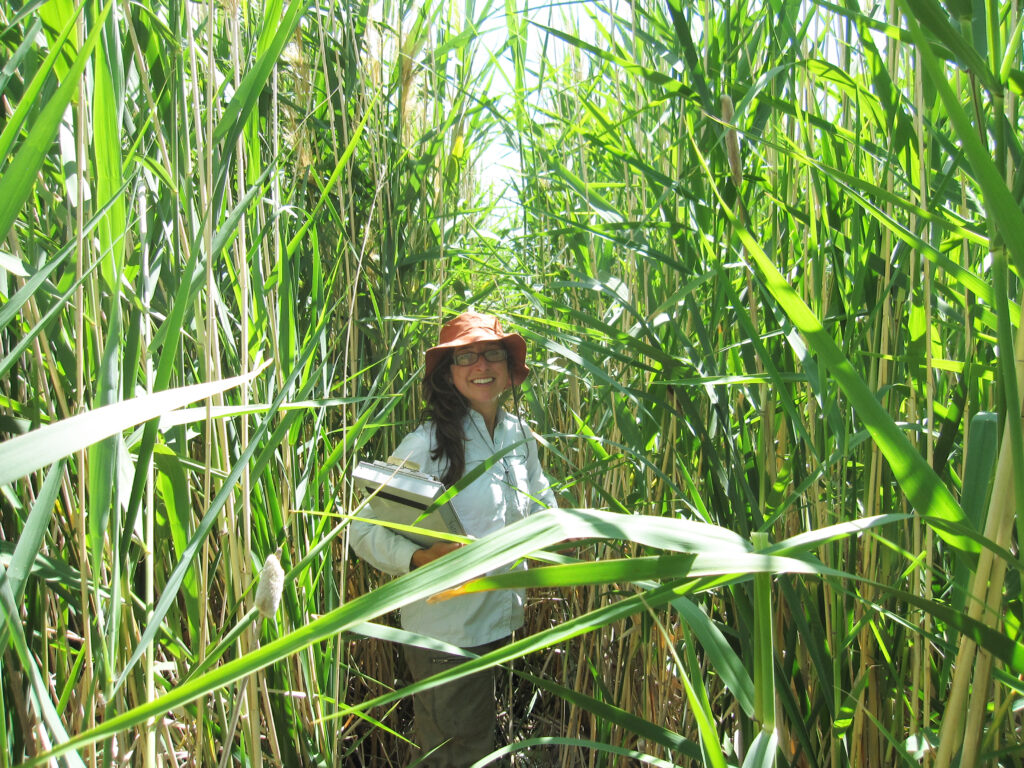
We can still fight invasive Phragmites—if we choose our battlegrounds wisely. There’s still time to defeat Phragmites australis, an invasive reed running rampant throughout the U.S., including Chesapeake Bay wetlands. But controlling Phragmites isn’t easy, and it can’t be done everywhere. In one of SERC’s first studies of 2023, ecologists spent three years actively suppressing Phragmites at various sites throughout Maryland. They saw the biggest success at sites with diverse native plants nearby, that were ready to move in when Phragmites was gone. Targeting sites with fewer, smaller Phragmites patches can also yield big payoffs, as these sites could ultimately become refuges for native plants. However, ongoing treatment is critical. One-and-done treatments are never enough with Phragmites. Deciding where to fight this invader is a question of resources and triage.

